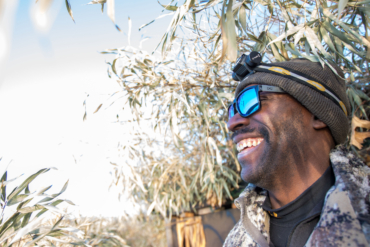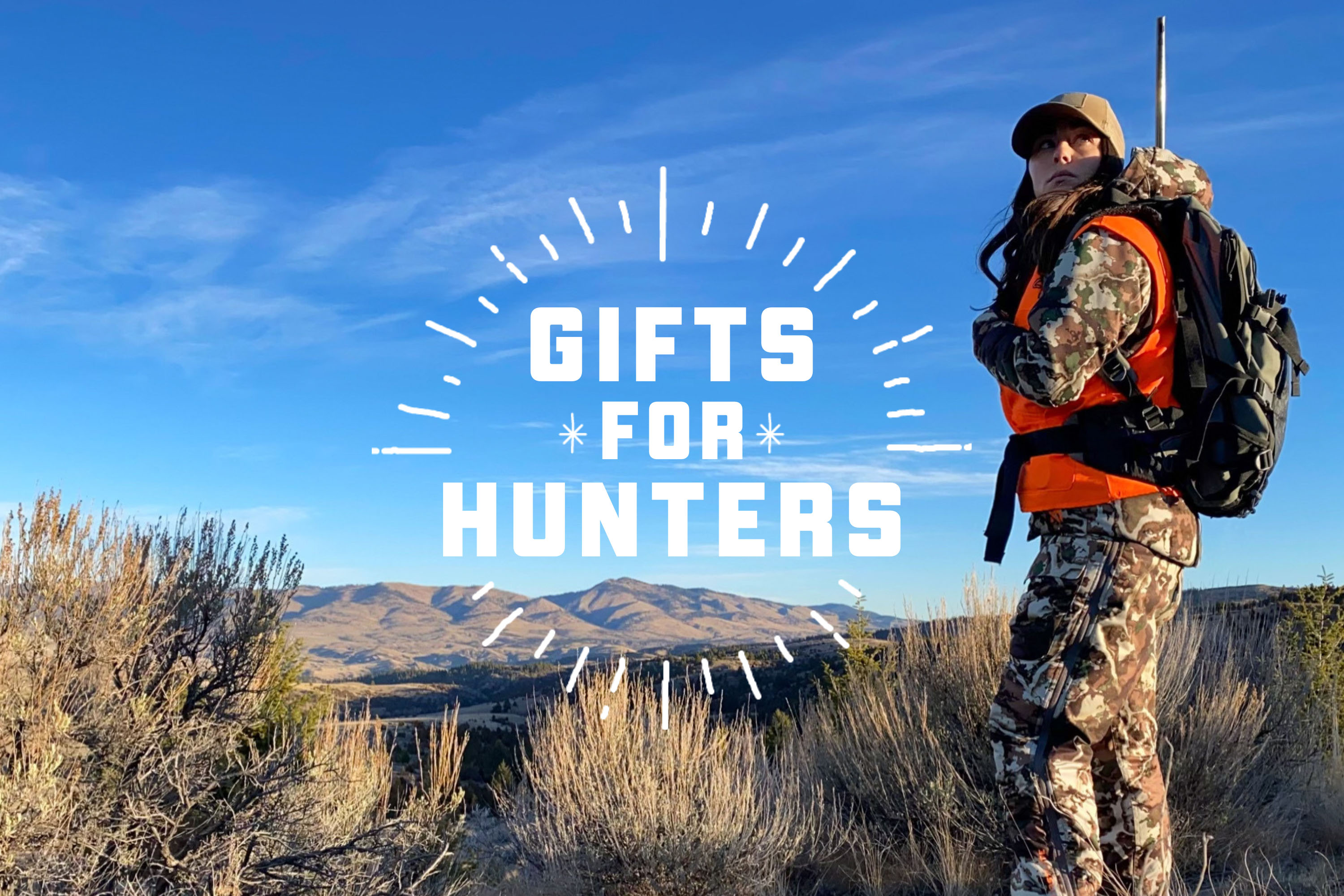Tungsten turkey ammo offers dramatic advantages over lead ammo. But, is it worth the significant cost?
It’s noon in Nebraska and I’m watching a meadow where two hen turkeys and a jake have been feeding all morning. It’s raining hard. The turkeys are now hunkered under a tree and look deflated like wet dogs. But then the rain stops abruptly, and within minutes, gobbles boom across the valley.
Soon, a nice tom stands at full display 50 yards from my blind. The hen he’s been pushing is just 20 yards in front of me and seems to see something she doesn’t like, probably me. As she starts to nervously retreat, I know it’s now or never.
I squeeze off a shot and the tom flops over, dashes 15 feet, and falls over dead. I run from the blind and grab my bird, excited for a little “Springsgiving,” as my crew likes to call our springtime turkey feasts.
If you turkey hunt, you have probably been in this situation, or one similar to it. My shot at 50+ yards was definitely at the long end of a reasonable shot at a turkey. But thanks to modern ammunition like Tungsten Super Shot (TSS), it was still in the range of responsible, ethical shooting.
So, here’s my conundrum: A box of five Federal Premium Heavyweight TSS Turkey Shotshells costs $66. Ouch! Is that extra range of about 20 yards compared with lead ammo worth the significant extra cost?
Well, let’s break it down.
Tungsten vs. Lead Shotgun Shells: It’s All in the Numbers
When it comes to tungsten, the advantage is in its density. Tungsten Super Shot pellets weigh 18g/cc versus 11.3g/cc for lead. What that ultimately means is that you can use much smaller pellets and expect the same impact force downrange as you would from lead pellets.
For example, using TSS 9 shot carries the same weight and impact force as 5 shot, which is historically a standard turkey load. And 7 shot carries the same force as 3 shot in lead ammo.
That is a huge difference in shell payload.

Because you use vastly smaller pellets, you cram a whole lot more into a shell and thus get a much, much denser pattern. All this is borne out through extensive testing and isn’t really new information, as TSS has been in use for some time. With this much denser pattern at longer ranges, it means that shots around 60 yards and beyond can be consistently lethal. You do need to pattern your shotgun to determine the maximum range, but it’s almost certainly longer with the denser pattern of TSS ammo and chokes.
But for me, the big question: Is it worth it?
Do Extra Yards Matter?

In the hunt mentioned above, I took my turkey at more than 50 yards. I’d been hunting for 4 days already during the season and had not yet gotten even close to a shot.
During that time, I’d taken two long drives, one from Denver to a spot in Colorado about 5 hours away. The second, I’d driven from Denver to rural Nebraska, about 6 hours. I’d then spent 4 nights in tents (and would spend 2 more nights before the end of the turkey season).
I’d purchased batteries, food, ice, and beer, among other expendables. Plus, I had camo clothing, boots, underwear, socks, a backpack, knives, coolers, and other equipment.
The investment to get out in the field during spring was significant.
The Verdict: Yes
To me, from here forward, the answer is a resounding yes. In this case, it was the difference between a filled tag and the one that got away.
But, I can see plenty of people saying no. I’m sure there are lots of folks who take their yearly turkey off their own land, or a quick walk to public space, and don’t have a lot of expenses leading up to the shot.
At $16 a shot, the cost of tungsten ammo is a heavy hit for sure. And lead has worked just fine out to 30-ish yards for 100 years. It still does everything it always does, and it will serve those who keep their shots close just fine.
But, for those of us who have to make a big commitment of time and money to chase those spring gobblers, an extra 20 yards can be the difference between success and failure. And when so much effort goes into the hunt, I’ll be stacking the odds in my favor from now on.







